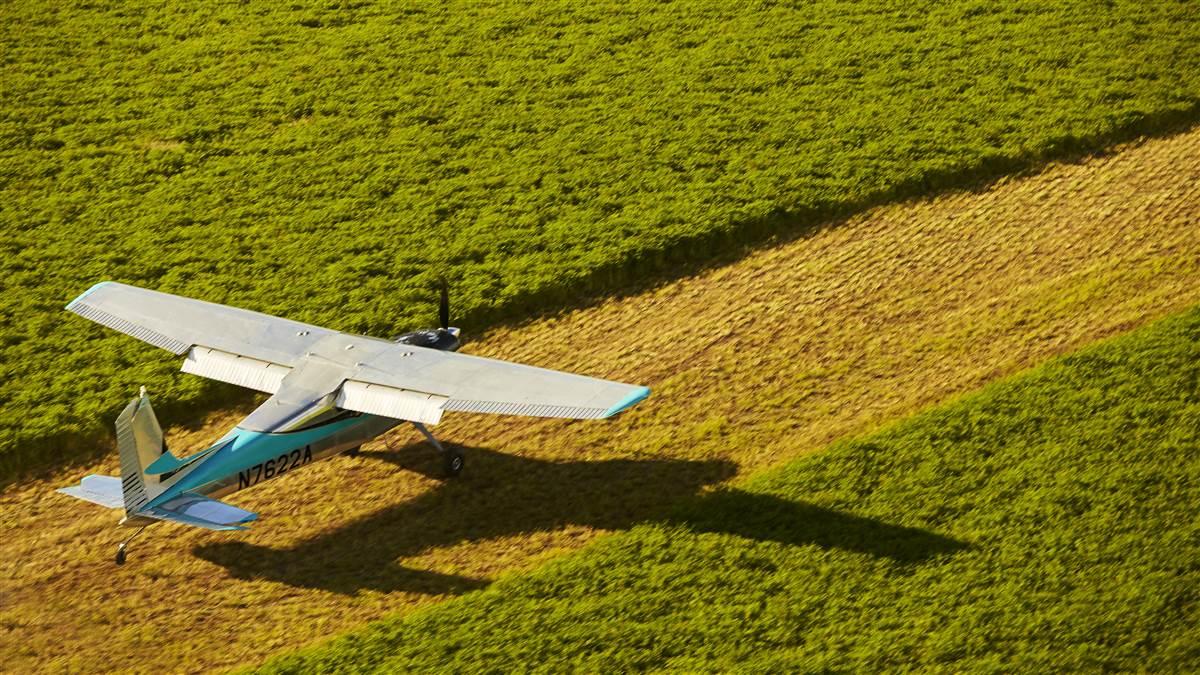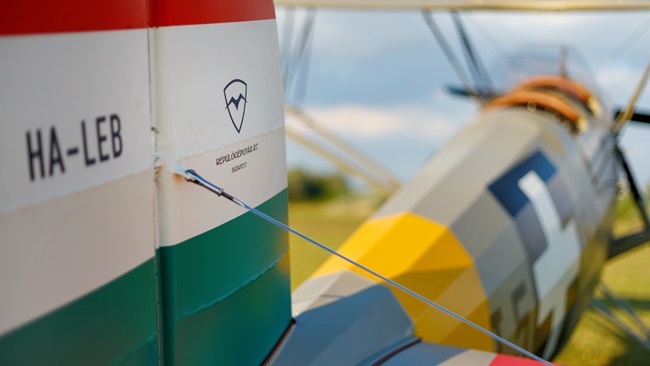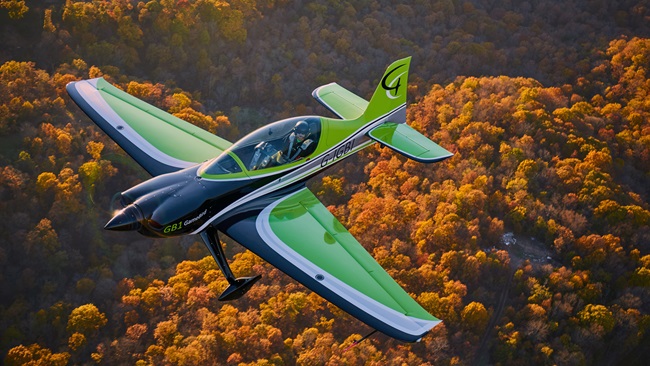Wag your Tail
Tailwheel endorsement improves your flying, opens door to adventure

A checkout in the Cessna taildragger a few months earlier to knock the rust off the tailwheel endorsement had reignited a passion for exploring opportunities the endorsement unlocks. Nostalgic low-and-slow flights in classic airplanes comprise one of the benefits of tailwheel flying, but the sharpened stick-and-rudder skills acquired with the endorsement also open doors to flying backcountry, aerobatic, and warbird aircraft that typically have “conventional” landing gear.
“Most of the really cool airplanes just happen to be tailwheels,” said Ron Rapp, lead captain on a Gulfstream IV-SP for a large-cabin charter operator—and who also has flown a variety of taildraggers and offers tailwheel and aerobatic flight instruction through 5g Aviation in Southern California. Early aircraft were built with conventional gear, and “you’ll find that tailwheels offer many operational advantages, even today. The gear is low; low drag; simple; and keeps the prop away from the ground,” Rapp said. If you’ve ever dreamed about flying a piece of aviation history such as a North American P–51 Mustang or T–6 Texan; performing aerobatics in a Boeing Stearman, Waco, Pitts Special, or Extra 330LX; or roughing it in the backcountry and landing on remote grass strips or gravel bars in a Piper Super Cub or Aviat Husky, earning the tailwheel endorsement is one of the first steps you can take to make that dream come true. Even if flying tailwheels long term isn’t your goal, the skills you learn will improve your flying.

“It has been invaluable for literally every kind of flying I do, from gliders to aerobatic airplanes to business jets and turboprops,” Rapp said. “You wouldn’t think tailwheel experience would be applicable to flying a Gulfstream, as it’s got a yaw damper—which is always on—and in general you stay off the rudder pedals. But after landing on relatively short runways in gusty crosswinds, I’ve realized that performance wouldn’t have been possible without the experience gained from flying the Pitts, Decathlon, Cub, and other such classic airplanes.”
A quick search online will help you find flight schools or independent instructors who offer tailwheel instruction. You might learn at a quiet grass strip or at a busy towered airport, but regardless of where you train, plan to spend most of your time in the traffic pattern. Depending on your aeronautical experience and what kind of taildragger you are learning in—perhaps a Piper J–3 Cub; American Champion Champ, Citabria, or Decathlon; Cessna 170; or other basic trainer—you will have a flight or two in the practice area just to familiarize yourself with the aircraft. After that, you’ll practice normal and crosswind takeoffs and landings, ground operations, and recoveries from bounces and swerves.
“The primary skill every tailwheel student is after is the ability to always keep the airplane traveling in the same direction that it’s pointed,” Rapp said. “It sounds simple, but the takeoff and landing phases are very dynamic; airspeed, altitude, angle of attack, wind, effectiveness of the flight controls, and other factors are constantly changing. You must be able to detect and immediately correct for any divergence between heading and direction of travel as soon as they start—and continue doing that once you’re on the ground, as well.”

Pilots who fly tricycle-gear aircraft also make these assessments during the takeoff and landing phases, but the “margin of error when flying a tailwheel aircraft is so small” that pilots must act with “swiftness and precision,” explained Marianne Buckley, a tailwheel and aerobatic instructor and owner of Buckley Aviation in the Washington, D.C., area.
Swiftness and precision are critical to flying taildraggers because the center of gravity in tailwheel aircraft is behind the front two wheels, rather than in front of the main wheels like a tricycle-gear aircraft. That means “any difference between the direction the airplane is traveling and the direction it is headed will produce a moment about the pivot point of the wheels, and the airplane will tend to swerve,” according to the FAA Airplane Flying Handbook’s chapter about transitioning to tailwheel aircraft. “Loss of directional control may lead to an aggravated, uncontrolled, tight turn on the ground, or a ground loop.” Rapp tells his tailwheel students to think of taxiing a tailwheel like trying to push a grocery cart backward—it’s easier said than done.
He often uses a Decathlon for tailwheel training and demonstrates ground loops during taxi drills early in students’ training, so that they can safely experience the loss of control and learn how to prevent that condition from developing.
 Patience during your training will be key. Buckley stresses “patience, because nothing in flying can be rushed—and that’s especially true in tailwheel flying.” Hurrying the takeoff, approach, landing, or taxiing could invite a mishap. Also be patient while working toward the endorsement. Learning to fly a taildragger can be a humbling experience. You have probably practiced landings for hours upon hours in your typical tricycle-gear trainer to perfect your touchdown, so it could be unnerving when you bounce landing after landing in the taildragger.
Patience during your training will be key. Buckley stresses “patience, because nothing in flying can be rushed—and that’s especially true in tailwheel flying.” Hurrying the takeoff, approach, landing, or taxiing could invite a mishap. Also be patient while working toward the endorsement. Learning to fly a taildragger can be a humbling experience. You have probably practiced landings for hours upon hours in your typical tricycle-gear trainer to perfect your touchdown, so it could be unnerving when you bounce landing after landing in the taildragger.
You’ll learn two types of landings—three-point and wheel landings—and like most tailwheel pilots, you will develop a preference for one over the other, although you should strive to maintain proficiency in both. All three wheels settle onto the runway at the same time with three-point landings, and, depending on what kind of taildragger you are flying, you might lose sight of the runway directly in front of the nose because of the airplane’s high deck angle.
With wheel landings, the two main wheels will touch first, and then the tailwheel comes down as the aircraft decelerates during the rollout. “Moving the stick forward until the tail settles makes most students new to wheel landings very nervous,” Buckley said. Just like the landings clicked before your first solo in a tricycle-gear aircraft, they will click in the taildragger as well.
Once you have the endorsement with your stick-and-rudder skills finely honed, you’ll be ready to tackle a new adventure—whether exploring aerobatic flight training, buying dual time in a tailwheel warbird, or flying a friend to a check out a cool grass strip and eat at a nearby restaurant. The door to your next adventure is wide open.



